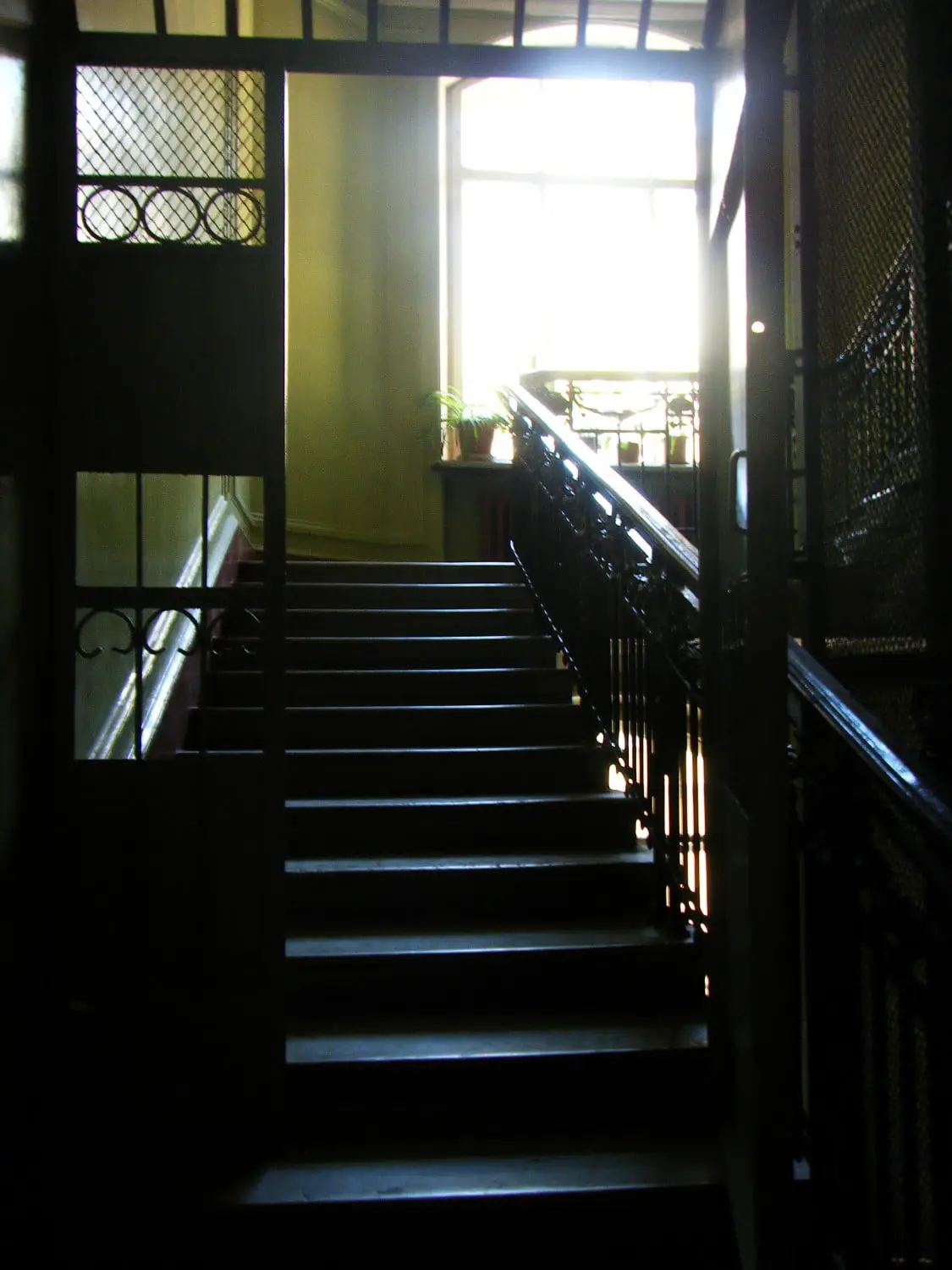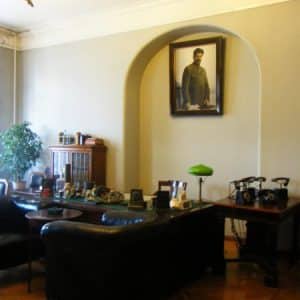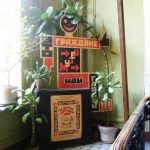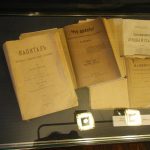Although it has been more than 20 years since the dissolution of the Soviet Union, there are still traces of its legacy throughout St. Petersburg, whether it is an old emblem on a building or a sign referring to Leningrad, St. Petersburg’s former Soviet name. One such remnant is the Kirov Museum, dedicated to the life of Sergei Mironovich Kirov, an early Soviet public official and politician.
Kirov was a Soviet politician from 1918-1934. Unfortunately, information about his life during this period is somewhat untrustworthy, as most of the records are difficult to access. However, here is a general overview of his accomplishments and significance. At first, he served as a member of the Red Army, but then became First Secretary of the Communist Party in Azerbaijan. Quickly, he moved to up the ranks to First Secretary of Leningrad, focusing on industrialization and factory life. Although the records are murky, most claim that he was a favorite of Stalin’s. However, in 1934, Kirov was assassinated. There are still many disputes about his murder. Some claim that Stalin personally ordered Kirov’s assassination, and still others claim he was assassinated for having an affair with a married woman. Whatever the reason, his assassination was a main factor that led to Stalin conducting a series of intense purges. Four years after Kirov’s death, Stalin founded the Kirov Museum.

The Kirov Museum is a classic “house museum,” (a former residence turned into a museum) which are widely spread throughout Russia. For instance, the writers Dostoevsky, Blok, and Nabokov have similar museums. At the Kirov, climbing up to the fifth floor of what is now a government building, you pass several pieces of era-appropriate propaganda before entering into the admissions section. For students with an SPBGU student ID, admission is free. For those with an ISIC card, admission is just 60r, (~$2) and general admission is only 100r. Photography is free, and English versions of the plaques are available upon request.


The museum is composed of several of Kirov’s rooms, including his study, library, dining room, bedroom, kitchen, bathroom, rec room, and his official study. Every room has a plaque in Russian stating unique features of the room, such as his many gifts from various factories or his hobby of making and repairing shoes. In every room are portraits of Stalin. I had actually thought there might not be a portrait in the bedroom, but my friend pointed out several small, passport-sized photos on the dresser. Even now, the apartment is considered quite luxurious.

The museum also occupies the fourth floor – which houses biographical information about Kirov and historical information of the period. Notable in the collection are Kirov’s personal letters, his private library, which includes his copies of the Communist Manifesto and Das Kapital, and the outfit in which he was assassinated. The museum is usually not crowded, and the babushki that attend to the exhibits are incredibly willing to speak with you in Russian about Kirov and about St. Petersburg in general.
Resources:
Sergei Kirov. Wikimedia Foundation, 20 June 2013. Web. 7 July 2013.
«Киров, Сергей Миронович» Википедия. Wikimedia Foundation, 6 July 2013.Web. 7 July 2013
Sergei Kirov Museum/ Музей С. М. Кирова
28 Каменноостровский проспект,
Metro Горьковская or Петроградская
Open: 11am to 6pm every day; until 5:30pm on Tuesdays
www.kirovmuseum.ru












